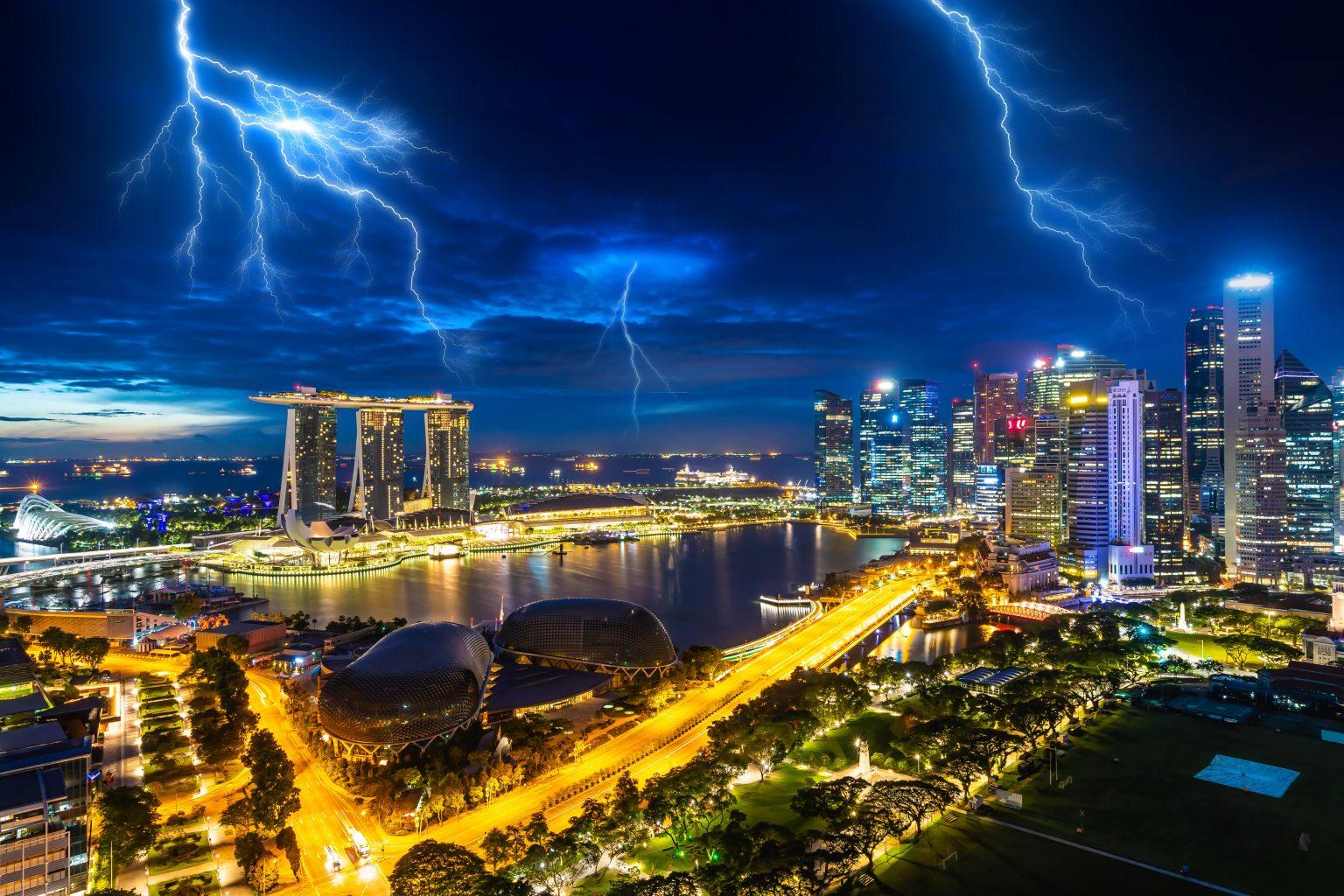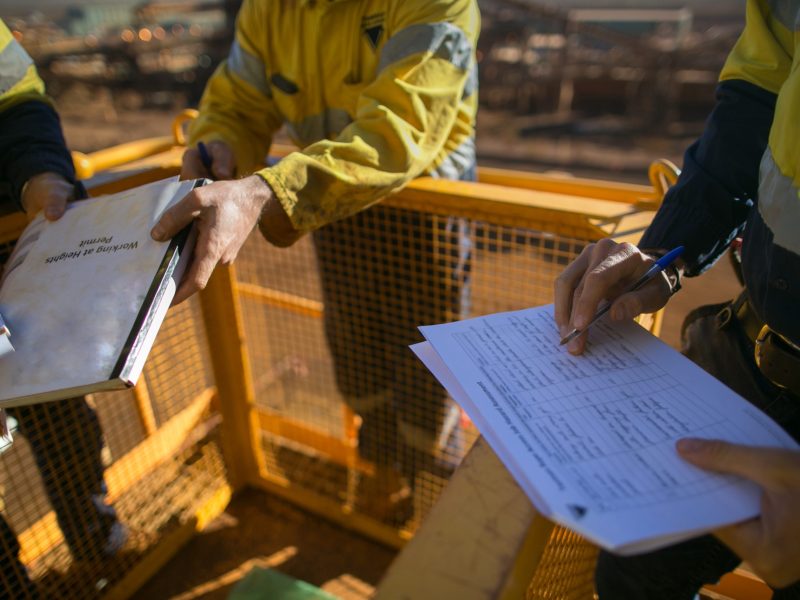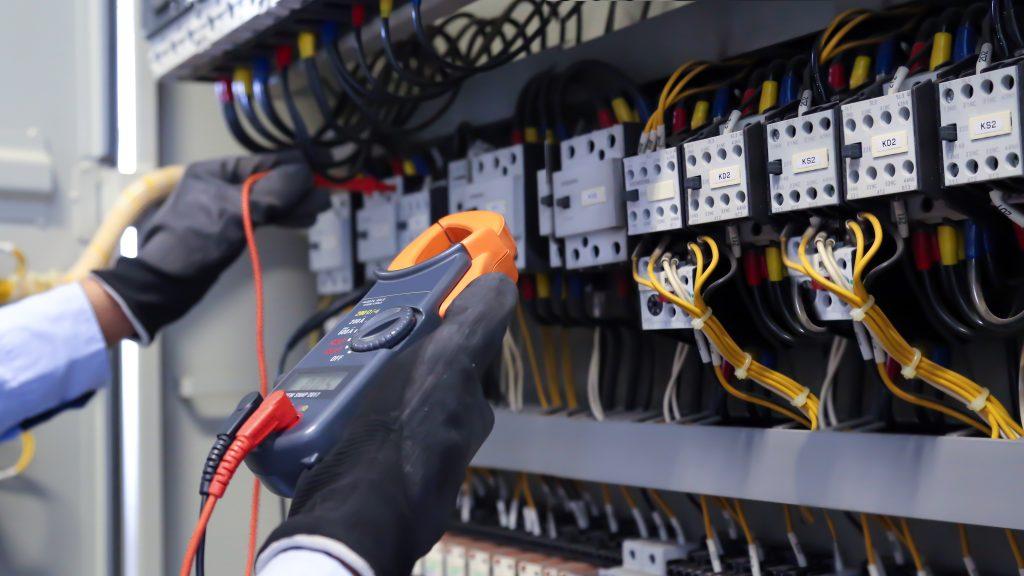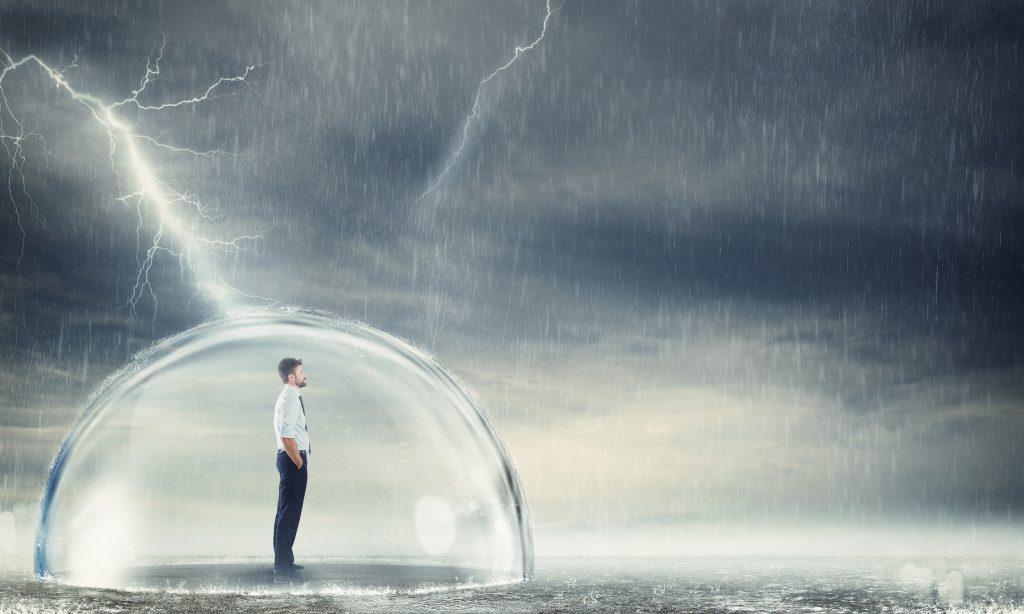Notifications

4 minutes, 15 seconds
-18 Views 0 Comments 0 Likes 0 Reviews

Lightning strikes and electrical surges can cause damage to buildings, technology, even humans. By doing lightning risk analyses, surge protector inspections, and regular maintenance, homes and businesses can lower their exposure to these hazards. Staying safe and in line with industry standards also depend critically on earthing checks and Lightning Protection Maintenance.
1. Ensuring Your Safety Over Time: Lighting Protection
A lightning protection system (LPS) does intercept, guiding, and safe distribution of lightning bolts into the ground. Like any other safety system, it requires regular maintenance, though, if it is to function as it should.
Why is routine lightning protection maintenance so important?
Over time grounding rods, air terminals, and conductors can all corrode and lose some of their efficiency.
Things like storms and strong winds might physically destroy lightning rods and cables.
Many different industries depend on regular inspections to make sure they follow safety standards (such as NFPA 780 and IEC 62305).
2. Maintaining Electrical System Safety: Search for Surge Protection
While lightning protection systems handle direct strikes, surge protection devices (SPDs) stop voltage spikes brought on by electrical faults or surges.
Finding surge protection: what is involved?
One visual examination includes looking for burn marks, broken components, or warning lights pointing to failure.
During Surge Protection Inspection testing, responses time and clamping voltage are confirmed with specialised tools.
3. Analysing Weaknesses in Lightning Risk Assessment
Before the lightning protection system is installed, a Lightning Risk Analysishas to be done to determine the degree of risk and the best appropriate countermeasures.

Examining lightning risk: what should one search for?
Areas suffering regular lightning strikes require more strong defense.
Particularly at risk are isolated buildings, towering towers, and those with metal ceilings.
Chemical companies, data centres, and healthcare institutions call for more security.

4. All-Inclusive Safety Solutions for Lightning Protection
From first design and construction through continuous maintenance and inspections, professional lightning protection services address it all.
Main Presentations
Designed and installed specifically LPS solutions created following extensive risk analysis.
Testing and certification: ensuring it satisfies all the guidelines established by governments all around.
Professional lightning protection services are best used to ensure all safety measures are in place and current.

5. Bedrock of Electrical Safety: Earthing Audit
Important for electrical safety and lightning protection, an earthing audit gauges the performance of the earthing system of a structure.
Earthing audits: what advantages do they offer?
Verifies correct grounding: Inappropriate grounding could cause damage to tools or even electrocution.
Looks for damage and corrosion. Ground rods and conductors age.
A low-resistance earthing system for a lightning protection system enhances surge dissipation.

Conclusion
Though they are major hazards, frequent inspections of surge protection, lightning risk assessments, and lightning protection maintenance help to reduce both electrical surges and lightning strikes. Earthing audits and professional lightning protection systems assure compliance and best system performance, therefore improving safety even more.
These steps protect infrastructure, ensure regulatory compliance, keep companies functioning effectively, and reduce anxiety, therefore justifying the expenditure. Make an inspection today to guard your property against surge and lightning damage; avoid waiting for a catastrophe to strike.
lightning protection system Lightning protection services Lightning protection company Lightning protection Lightning audit Earthing audit Earthing protection Lightning Protection Solutions Lightning Surge Lightning Risk Assessment

